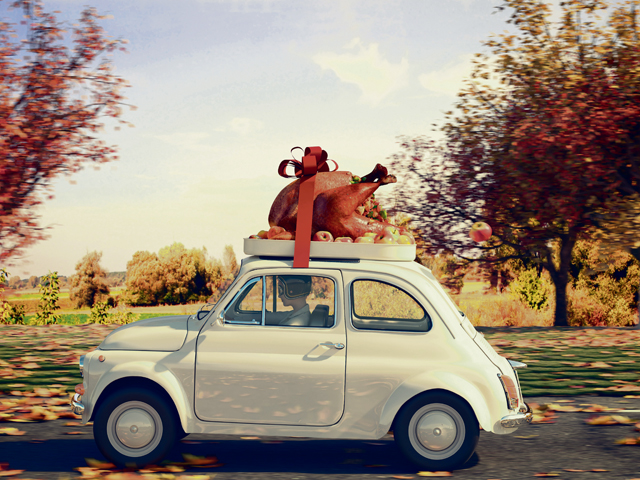
When it comes to Thanksgiving, turkey just might be the most essential part of the holiday. But it wasn’t always that way. For better or for worse (especially for turkeys), it took the help of a nineteenth-century nursery rhyme writer to earn turkey the prime spot on the Thanksgiving table.
Thanksgiving: Pre-turkey
In the American mythos, the first credited Thanksgiving is generally agreed to have happened in 1621, when a group of European settlers and Wampanoag people shared a meal of deer, harvest vegetables, and possibly ducks and geese.
Of course, no one at that meal called it Thanksgiving. In fact, the name didn’t really begin to be used until more than 200 years later. And it wasn’t until 1863, during the middle of the Civil War, when President Abraham Lincoln declared Thanksgiving a national holiday.
Despite the lack of an official name, however, many colonial-era Americans celebrated the harvest season with feasts that included many types of food, including turkey. These feasts weren’t particularly formal. And naturally, because it was the 19th century, none of them involved falling asleep after the meal in front of a televised football game.
Turkey enters the scene
All the same, many colonial-era harvest feasters were beginning to see the benefits of eating turkey. And the benefits haven’t changed much since.
Turkeys are big birds. They can feed lots of people. They were plentiful in New England, and were easy to find (and hunt) in the wild. Colonial farmers also found that turkeys were easy enough to domesticate, and that they were the perfect bird for feasts, since turkeys didn’t provide eggs like chickens or geese.
So it wasn’t surprising that these birds began finding their way to early American tables.
The godmother of Thanksgiving
But it took Sarah Josepha Hale, most notably the author of “Mary Had a Little Lamb,” to thrust both Thanksgiving and the Thanksgiving turkey into the American national consciousness.
In 1827, Hale published Northwood, a novel that prominently featured a chapter on a New England Thanksgiving meal. Notably, the book included a roast turkey as the meal’s centerpiece.
About the same time, Hale began campaigning to make Thanksgiving a national holiday. Because social media had yet to be invented, her effort took more than three decades to come to fruition. By the time President Lincoln did make it official, turkey and Thanksgiving had almost become synonymous.
Turkey today?
Though contemporary Thanksgiving means different things to different Americans, turkey is still an inescapable feature, for many of the same reasons that it was in Hale’s day.
Turkeys are plentiful. They’re large and relatively affordable. They’re part of a well-established tradition. And they fit in American ovens (which isn’t always the case in Europe).
So even if you opt for a veggie or vegan Thanksgiving (who among us hasn’t longed to try Tofurkey?) this year, be sure to give a small salute to America’s holiday bird: The turkey.


